Though it may be the best single malt in the world, is Norfolk whiskey really winning the battle of the bottles?
It may come as a surprise to some but not to whiskey aficionados to learn that The English Distillery’s aged whiskey from Norfolk was crowned the world’s best single malt at the recent World Whiskey Awards, beating out Scotch and international entries. Recently, there has been an increase in the number of high-quality English whiskey distillers, and this trend will surely continue.
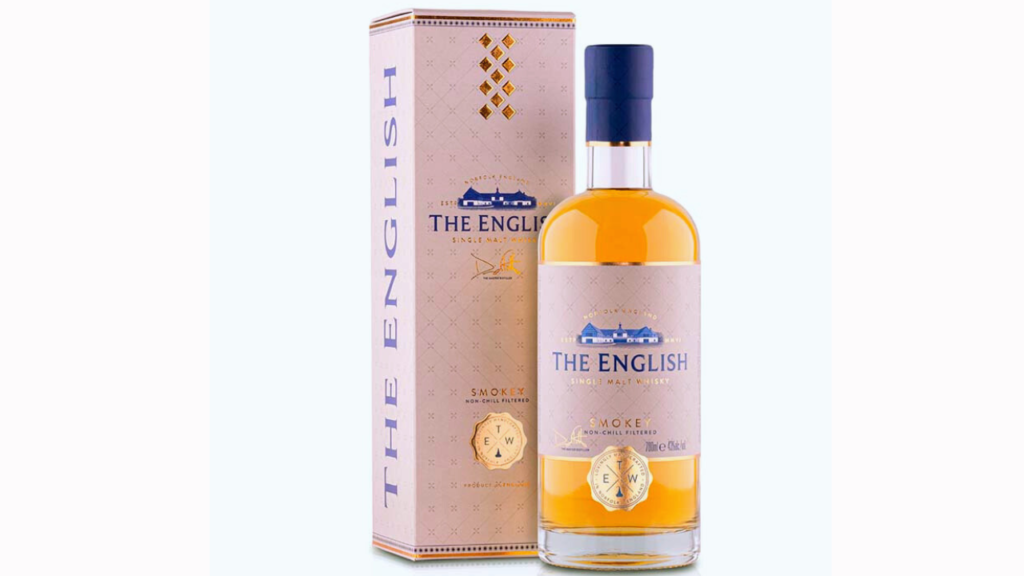
However, since taste varies, try putting bottles from opposite ends of the spectrum in a face-off if you’re determined to generate drama.
Rich and fruity, sherried cask whiskey is aged in European oak barrels that were originally used to make sherry. It has pleasant, noticeable notes of spice, smoke, and ripe bananas. Finishing with warm spices and a hint of smoke, the mouthfeel is greasy. This World Whiskey Awards-winning whiskey was created by the oldest licensed whiskey distillery in England.
15-year-old Glenfarclas Highland wine from Scotland, 46%; magnificent, £70 for 70cl With its impressive flavor profile and crowd-pleasing standing,
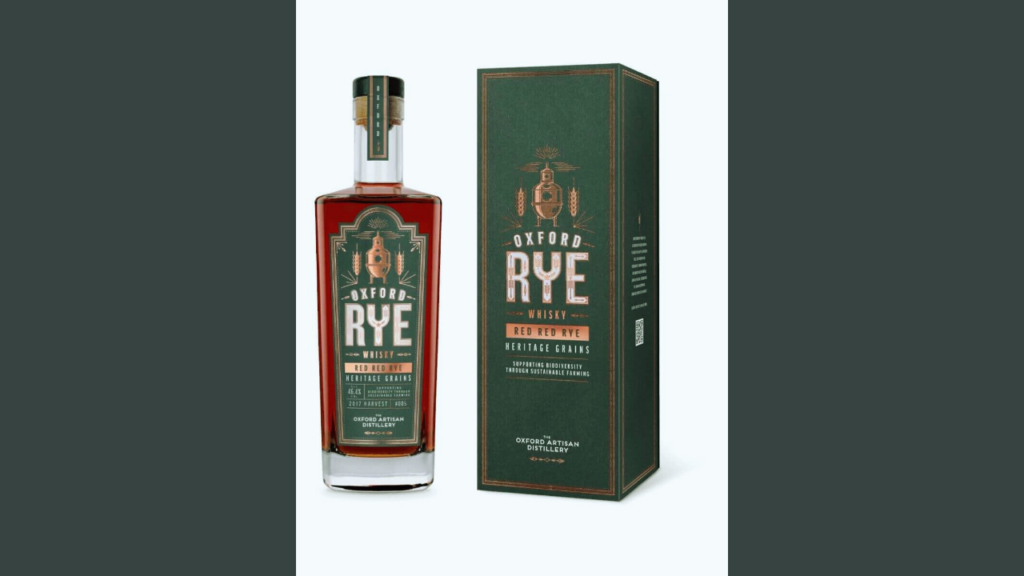
The English Distillery’s Sherried Cask best single malt is a favorite for a reason, so I’m leaving it alone. The first smell will welcome you with winter fruits, fudge, and cinnamon. With a hint of smoke and a smooth texture, it has a complex sweetness similar to sherry and ends with spices reminiscent of Christmas cake. A difficult one to top, this spicy classic hits all the right notes.
Scots whiskey emerged victorious, boasting robust and potent flavors derived from a blend of peat smoke infused into the malting process. It’s a full sip with orange zest and chocolate sweetness; the smoke is here, light but still present, mixed with notes of ginger and vanilla. As this distillery was only established in 2016, there is still a lot to come, which is why I really enjoy it. Soon, it will remove everything.
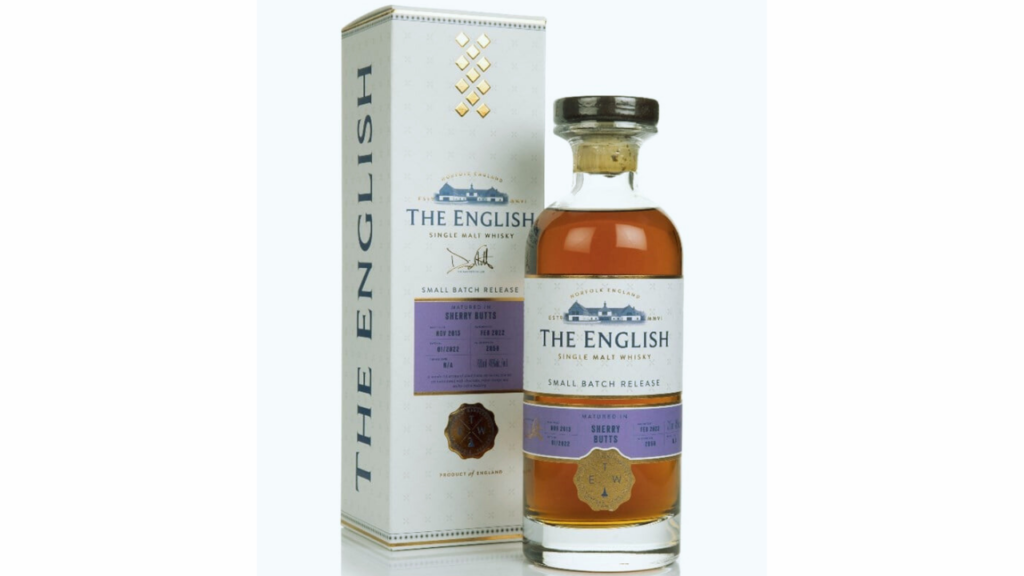
It comes from an intriguing Scottish newcomer that’s high in the sky (like a gifted up-and-coming distillery in the vast world of whiskey), and it offers a nicely balanced smoke with aromas of thick honey and citrus. These mildly greasy feelings give way to soft, sweet flavors, and the aged Oloroso barrels add another level of spice.
Winner: A benchmark for single malt Scotch is Scotland’s grain whiskey, which is produced from any grain other than malted barley.
On the nose, there are faint herbal notes mixed with light fruitiness and a richness that makes it perfect for sipping. I taste raisins, ginger, and bread pudding (suet), with a faint aftertaste of tobacco. Oxford Distillery produces its own ancient grains, and this beautiful liquid best single malt whisks the palate through a myriad of flavors.
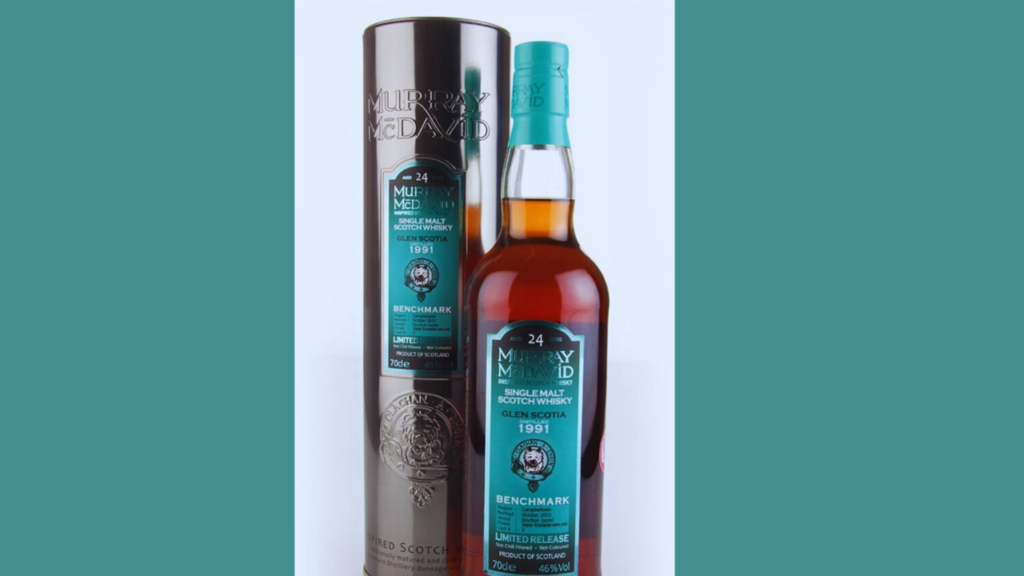
The notes of toffee, oak, vanilla, and cherries give way to gorgeous spices, particularly cinnamon, with a hint of orange and vanilla. These stay around, but they’re also biscuity and silky because of the malted barley.
: It’s possible to assume that all English whiskey is better than Scotch whiskey, but that isn’t quite the case given the rise of English whiskey and the designation of one as the world’s best single malt. English whiskey is still in its infancy; although some readers may find it amusing to tease the Scots, the industry (which consists of about 50 distilleries) is still developing.
The first new whiskey distillery south of the border in a century was the English Distillery, founded in 2006 by the Nelstrop family in the Breakland area of Norfolk. Its trailblazing success opened the door for other businesses such as The Lakes Distillery, Cotswolds Distillery, and White Peak. Bold experiments with grains, barley, and different wood maturations are made at Copper Rivet, The Peak, and Oxford Artisan Distillery.
But, Scotland (which has about 150 distilleries and frequently sees the opening of brand-new, historic locations) demonstrates that the Scottish whiskey industry will endure for a considerable amount of time due to its centuries-long history, financial stability, and maturity—even down to the procurement of first-rate wood.
Still, the rise of English whiskey (especially the Sherried Cask from Nelstrops) demonstrates that talent and a drive for creativity can produce a commendable feeling that should be recognized around the world. English distillers can experiment and enhance their core ranges with innovative limited releases and techniques, rather than getting bogged down in outwitting the Scots. The Lakes Distillery, for example, is sure to impress whiskey connoisseurs with its careful examination of flavor profiling and maturation.
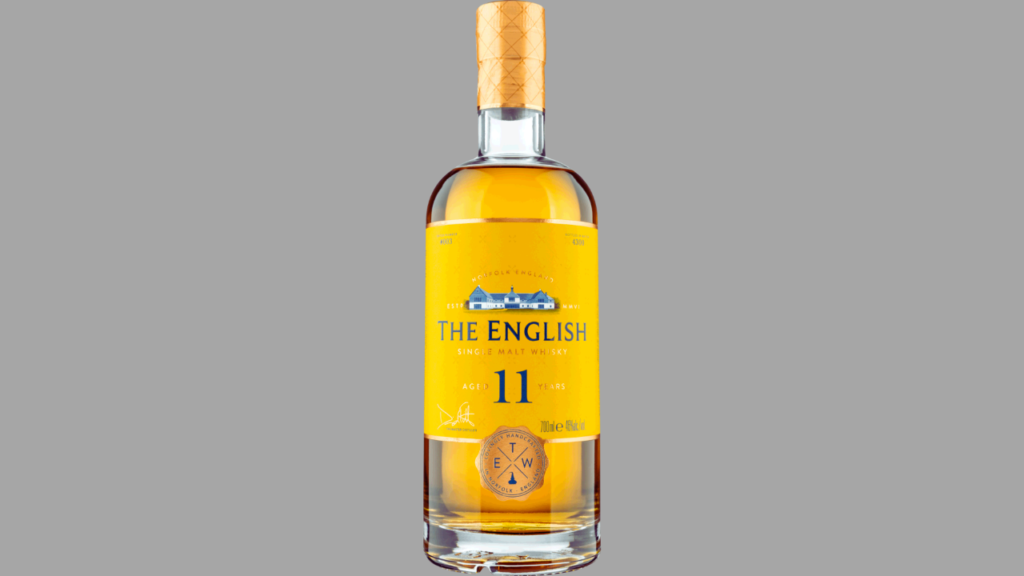
But as well-known whiskey buyer Don Davies points out, these experiments can only go so far. She cautions newly established distilleries against losing sight of their core offerings in an attempt to boost sales and against making an excessive number of releases that do well at first but eventually lose appeal. In the end, classics continue to captivate us whiskey enthusiasts.
Although sales of English whiskey are slightly rising, Davies points out that consumers are becoming more interested in both English and Scottish whiskey. Although rye whiskey is beginning to gain popularity, single malts and highly sherried examples remain the most appealing; this is especially true in Scotland, where sherry is a popular beverage.
Although the future remains uncertain, it is comforting to know that English stills are now producing excellent whiskey. It indicates that the true whiskey champion is present to sip alongside the legendary Scots and their powerful Highlanders such as Deanston, heavily peated Lagavulins, or robustly spiced Macallans.

